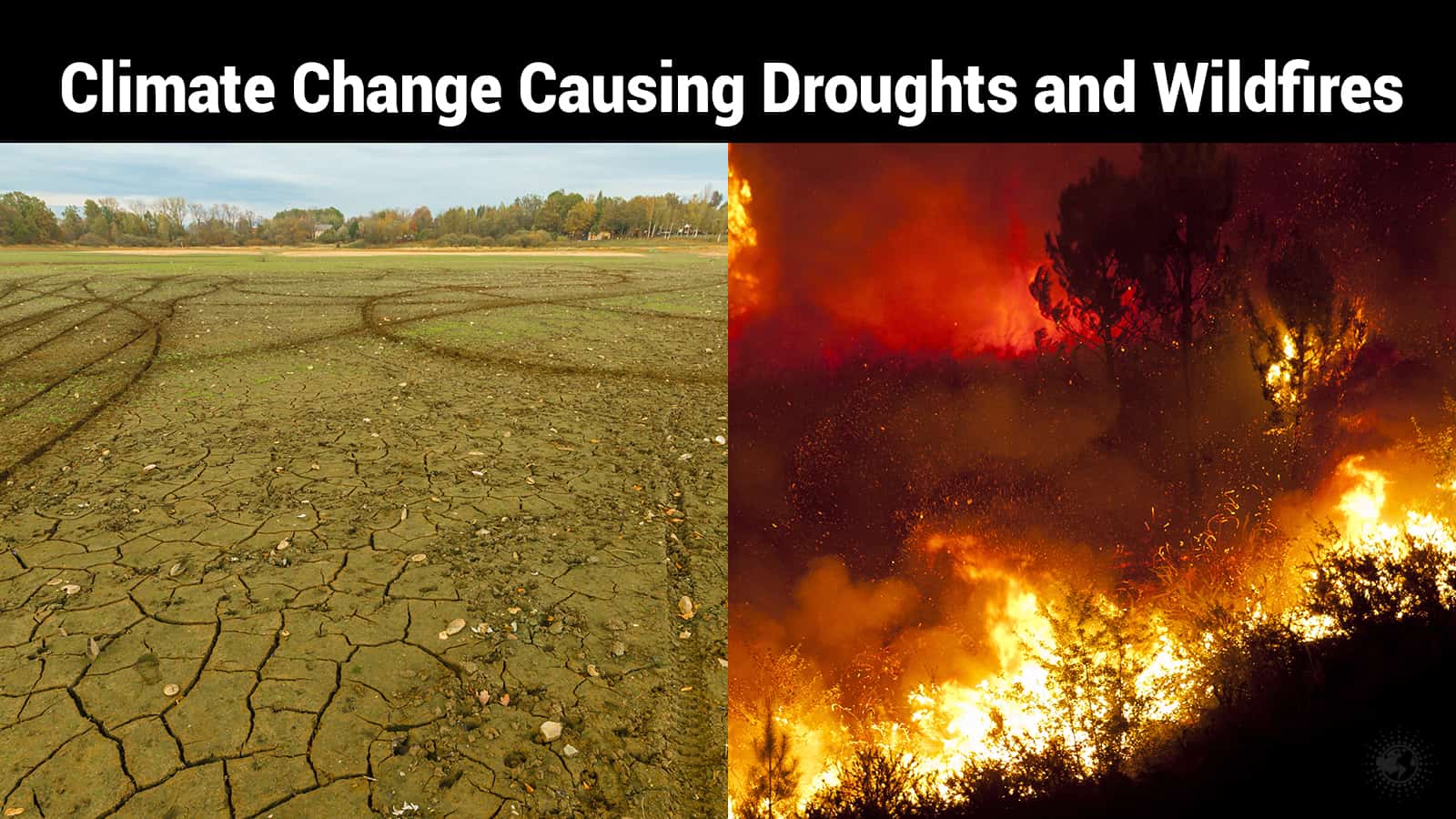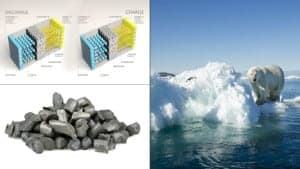The world is on fire, and not enough attention is being put on this global disaster. So far, in 2020, the world has experienced some of the worst wildfires since wildfires have been tracked. Hotter, drier conditions due to climate change are making conditions more favorable for wildfires. Pair that with lightning storms that are striking hundreds of times within a short span, and you have a recipe for disaster.
Stephen J. Pyne, an emeritus professor at Arizona State University, says that these worsening wildfire problems are due to fossil fuels and climate change. “We don’t have a fire problem; we have many fire problems,” he said.
Wildfires are a global problem, and most countries, even first world countries, aren’t equipped to deal with them. The sheer size it grows to, and its speed devours land makes it an impossible beast to tame. The best (and only) defense we have is to evacuate people and try to moisten a perimeter around the blazes hoping that it won’t spread. This defense rarely works, especially during droughts, as evidenced by the billions of destroyed acres every year.
A September 28, 2020 article in Science Daily confirms that climate change is the cause of these droughts and heatwaves. Today, we will take a closer look at the dangerous shifts.
The Worst Wildfire in History and How It Compares in 2020
The worst wildfire in recorded history happened in Australia in 1939. Called the Black Friday Bushfires, it burned over 4.9 million acres and killed 71 people. Although smaller patches of fire had been burning since December of 1938, heavy, hot winds caused these tiny patches to combine on January 13, 1939, and form into a wildfire that continues to be labeled as the worst wildfire history 81 years later.
The fire burned for two days until it was extinguished by rain. There were several factors that contributed to the development of the wildfire, but the underlying cause was a drought that had lasted in the area for several years. Newspapers at that time had the temperature pegged at 114°F.
Unfortunately, in 2020, Australia also suffered a devastating wildfire disaster that topped the Black Friday bushfires. It seems that history really does repeat itself. The wildfire that occurred in Australia this year burned over 25 million acres.
The impact of these fires
 According to Matthias Boer, lead scientist of the NSW Bushfire Risk Management Research Hub at Western Sydney University said that this was an unprecedented burning that was not observed in any other forest over the past 20 years. According to Boer, wildfires usually only burn about five percent of the forest in Australia, and countries like Africa and Asia may have as much as nine percent burned. However, the wildfires in Australia in 2020 burned over 20% of the Australian forest.
According to Matthias Boer, lead scientist of the NSW Bushfire Risk Management Research Hub at Western Sydney University said that this was an unprecedented burning that was not observed in any other forest over the past 20 years. According to Boer, wildfires usually only burn about five percent of the forest in Australia, and countries like Africa and Asia may have as much as nine percent burned. However, the wildfires in Australia in 2020 burned over 20% of the Australian forest.
The one silver lining is that only 33 people were killed in 2020 versus 71 in 1939. This is largely due to firefighters having better training and better gear. In 1939, firefighters did not wear protective gear and had no training.
While the world seems to be getting better at saving lives, the fight against wildfires seems to be a losing battle.
How Climate Change is Leading to Larger Wildfires
For decades, researchers have been warning the world’s leaders about the devastating effects of climate change. According to Boer, the future that researchers feared is arriving sooner than expected. Despite the avid warnings and obvious evidence, many people still don’t quite understand how climate change affects the world.
What is Climate Change?
Climate change is more than just the changing of the seasons annually. It’s a global shift in the average temperature of the Earth. Over centuries, man-caused heating of the planet has been causing a warming trend that has resulted in seven cycles of glacial advance and retreat. The end of the Ice Age is a prime example of this.
According to NASA researchers, the Earth’s average surface temperature has increased by 2.05°F since the 19th century. The ocean’s surface temperature has increased by .6°F since 1969. This may not sound like much, but Earth has a delicate balance, and even slight changes in its temperature can create dramatic shifts. This has led to a decrease in the number of record low-temperature events and an increase in the number of record high-temperature events (like wildfires).
Climate change is caused by a build-up of pollution in the Earth’s atmosphere. This pollution is essentially carbon dioxide. Carbon dioxide is a greenhouse gas that has a 53 percent density than that of dry air. This gas traps heat, leading to global warming (another term for climate change).
Why Rising Temperatures are Concerning Researchers
The important thing to remember is that the previous section’s temperature rises are the entire Earth’s average temperature. Unfortunately, many regions in the world are experiencing much more dramatic temperature increases. Not only does this increase the likelihood of severe wildfires, as is being discussed, but it puts human life in danger.
According to NASA researchers, a mere shift of 2.7°F (1.5°F) will cause 14 percent of the global population to be subjected to extreme heatwaves at least once every five years. As you can see from the previous section, the world is almost there. If the increase is 3.6°F, the affected population will be 37 percent.
Evidence of this is popping up all over the world. The Australian temperature was the hottest it had ever been when the 2020 bushfires started. The European heatwave of 2003 – the exact phenomenon that NASA researchers are referring to – killed more than 30,000 people.
In August of 2020, Death Valley, California, in the United States broke the world record for the hottest global temperature since 1931 at 130°F. If you think third place isn’t anything to worry about, Death Valley already holds the first place position. Furnace Creek, which is in the heart of Death Valley, was recorded at 134°F in 1913.
How Climate Change Factors into Droughts
It’s obvious that droughts encourage wildfires, but it may help understand how climate change is causing droughts to get worse and to happen more frequently. Here is a quick breakdown of what happens.
A drought occurs when an area doesn’t get as much rainfall or snow as it normally would, leading to a water shortage in the area. This doesn’t mean over the course of a few days or weeks. It can be an entire season or over a period of several years. Naturally, there are areas on Earth that are extremely dry, but these are normal conditions for that area. Those areas aren’t considered as being in a drought.
The problem with climate change is that higher temperatures are causing more evaporation to occur. Water gets evaporated from plants, trees, soil, waters, and rivers – even the oceans. This leads to even drier conditions. It leads to everything being dry.
The impact of evaporation
Once evaporation occurs, this can lead to storms. Oddly enough, this can be a bad thing in a drought. With storms come lightning, and lightning strikes are what causes wildfires to start.
One would think that a storm will cause the drought to go away and would put out wildfires. It’s possible, and in fact, wildfires are put out by heavy rain. However, the temperature is still a problem. If it’s just a light rain, a lot of the rain will run off into sewers, and the rest of it just quickly gets evaporated again before it can soak into the soil.
On top of that, fire spreads extremely quickly. It can spread as fast as 6.7 mph in a forest. When you consider the fact that the average thunderstorm is around 15 miles wide, you can see how fire could easily escape the storm.
To make matters worse, there are storms in which the precipitation evaporates before it hits the ground (climate change strikes again). These are called dry thunderstorms. You get all the lightning but little to no rain.
In all fairness, some small fires can be caused by people – burning trash, camping, etc. These fires would be contained if the land wasn’t so dry from the drought. Thus, many cities prone to droughts will issue no-burn orders to their citizens to prevent these small fires.
 Final Thoughts on Climate Change, Droughts, and Wildfires
Final Thoughts on Climate Change, Droughts, and Wildfires
This was a lot of information that was presented. Still, one thing you can clearly deduce from it is that pollution is causing climate change, climate change is exacerbating droughts, and droughts are leading to mega-wildfires. Climate change is something that researchers have studied and issued multiple warnings about over the past century. There are numerous global warming activism groups all over the world. Their goal to bring attention to this life-altering phenomenon that is happening.
Although the damage to the Earth’s atmosphere can be halted and reversed, researchers say that it could possibly take centuries to reset the Earth’s temperature back to normal. That means that extreme wildfires and severe droughts will have to be endured for a long time. However, people and companies worldwide have been working to reduce their carbon footprints and stop climate change. There is still hope for humankind.


















